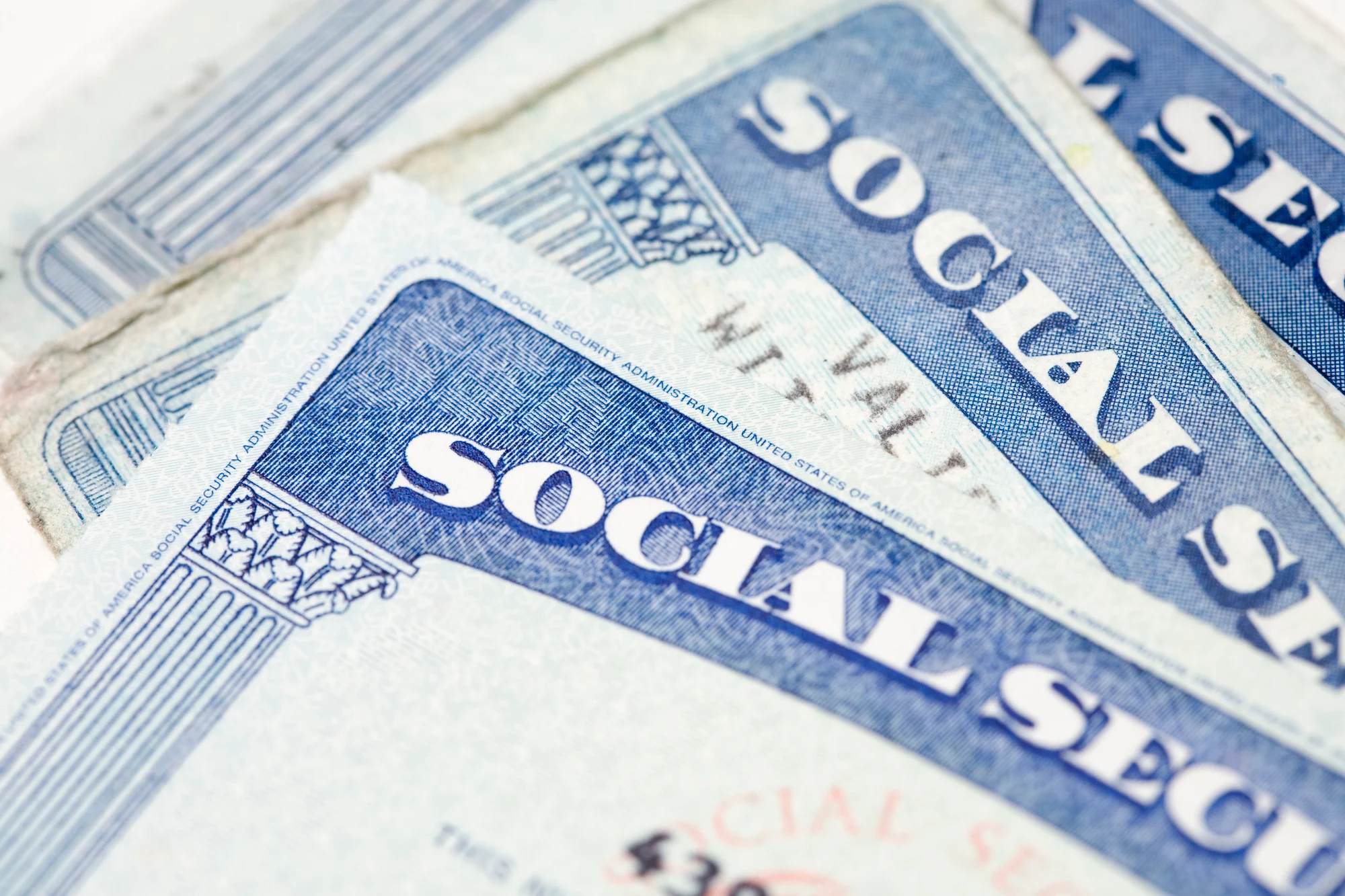You could be entitled to more than you think from Social Security.
Social Security is a lifeline for millions of older adults, with more than 40% of baby boomers saying their benefits will be their primary source of retirement income, according to a 2023 report from the Transamerica Center for Retirement Studies. It’s wise, then, to ensure you’re doing everything possible to maximize your benefits. Several factors affect your benefit amount, including your earnings history, the length of your career, and the age at which you begin claiming.
If you’re married or divorced, though, you could be entitled to a special type of Social Security that can potentially increase your payments by hundreds of dollars per month. Here’s how to see whether you qualify.
What are spousal and divorce benefits?
Those who are married to someone entitled to retirement or disability benefits could be eligible for spousal Social Security. You must currently be married to qualify for this type of benefit and wait until at least age 62 to begin claiming.
Divorce benefits are similar, except they’re reserved for those who were previously married. To qualify, you can’t currently be married, your previous marriage must have lasted for at least 10 years, and you must be at least 62 years old. Also, if you’ve been divorced for fewer than two years, you’ll need to wait until your ex-spouse begins taking Social Security before you can claim divorce benefits.
How much can you receive each month?
With both spousal and divorce benefits, the maximum you can receive is 50% of the amount your spouse or ex-spouse will receive at their full retirement age (FRA). If you’re also entitled to retirement benefits based on your work history, it’s possible to receive those payments in addition to spousal or divorce benefits. However, you’ll only receive the higher of the two amounts — not both.
For example, say that you’re entitled to $800 per month in retirement benefits, based on your work history, and your spouse will receive $2,000 per month at their FRA. Your maximum spousal benefit in this case would be $1,000 per month, so that’s how much you’ll receive — not $1,800 per month. If you were collecting, say, $1,200 per month in retirement benefits, you wouldn’t qualify for spousal benefits at all.
As of November 2023, the average spousal or divorce benefit was around $885 per month, according to the Social Security Administration. Spouses or ex-spouses of disabled workers received an average of around $408 per month in spousal or divorce benefits.
Will these benefits affect your partner’s payments?
It’s important to note that with both spousal and divorce benefits, collecting these checks will not affect how much your spouse or ex-spouse will receive. Also, if your ex-spouse has remarried, taking divorce benefits will not affect their current spouse’s ability to claim spousal benefits on their record.
Your age could have a significant impact on your benefit amount. To receive the full spousal or divorce benefit you’re entitled to, you’ll need to wait until your FRA to file. If you claim before that, you’ll receive a reduced amount. The earlier you file, the less you’ll collect each month.
Also, if your spouse or ex-spouse decides to delay claiming past their FRA, their checks will get bigger, but yours will not. Regardless of how long they delay, the maximum you can receive in spousal or divorce benefits is still 50% of their benefit at their FRA. If you delay claiming past your FRA, your checks will still not increase.
Spousal and divorce benefits could go a long way in retirement, potentially boosting your payments by hundreds of dollars per month. By taking advantage of all the types of benefits you qualify for, you can head into retirement as prepared as possible.

